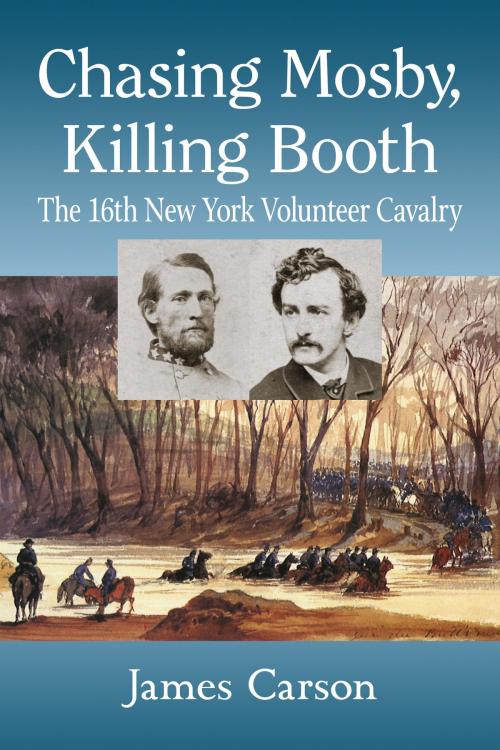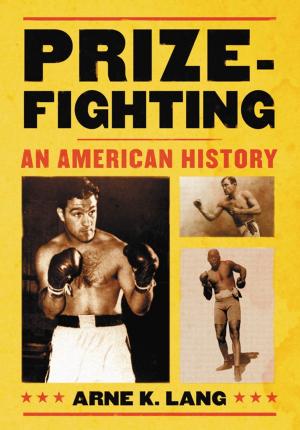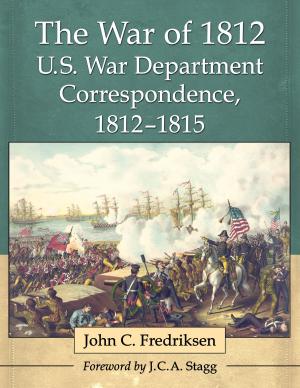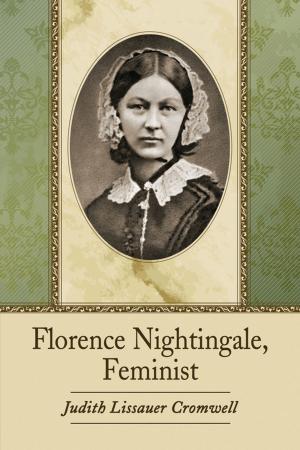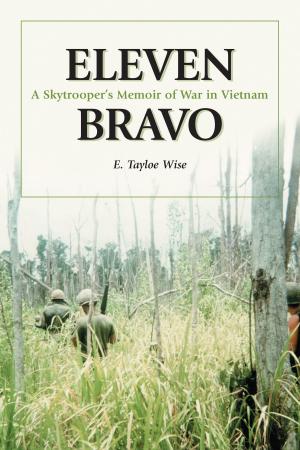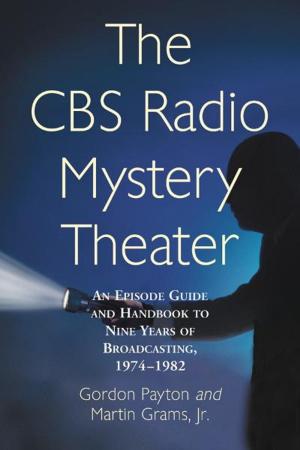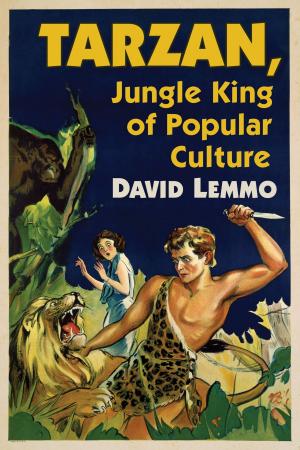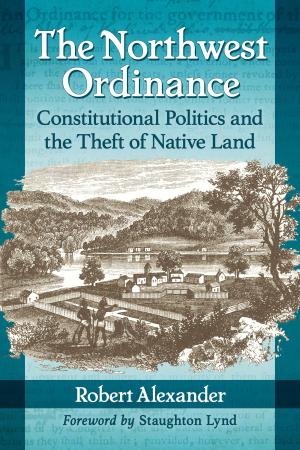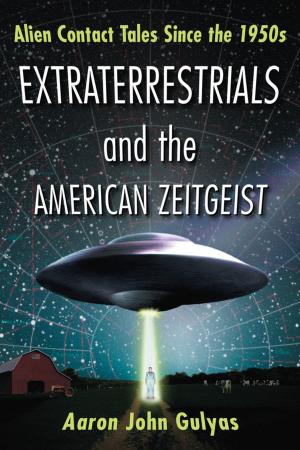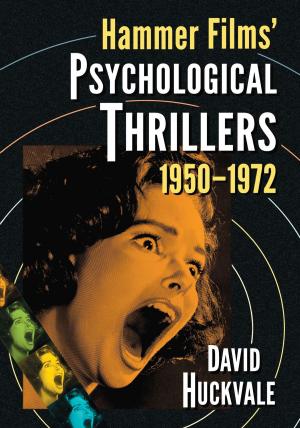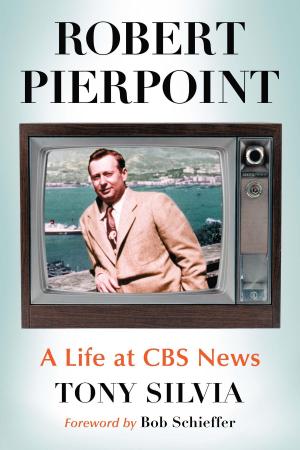Chasing Mosby, Killing Booth
The 16th New York Volunteer Cavalry
Nonfiction, History, Americas, United States, Civil War Period (1850-1877)| Author: | James Carson | ISBN: | 9781476628134 |
| Publisher: | McFarland & Company, Inc., Publishers | Publication: | June 9, 2017 |
| Imprint: | Language: | English |
| Author: | James Carson |
| ISBN: | 9781476628134 |
| Publisher: | McFarland & Company, Inc., Publishers |
| Publication: | June 9, 2017 |
| Imprint: | |
| Language: | English |
Near the end of the Civil War, Army Chief of Staff Henry W. Halleck described the 16th New York Volunteer Cavalry as “cowed and useless” after they were “cut up” by Confederate Colonel John Mosby’s Rangers. The following April the New Yorkers made their place in history when 26 men led by Lieutenant Edward P. Doherty captured and killed John Wilkes Booth. An amalgam of three partially formed regiments, the 16th was plagued by early desertions, poor leadership and a near mutiny as its First Battalion prepared to march to northern Virginia to bolster the outer defenses of Washington in October 1863. The regiment spent most of the remainder of the war chasing Mosby’s cavalry. They won a few tactical victories but were mainly confounded by the Confederate guerrillas. Drawing on personal letters, diaries and memoirs by men of the 16th, and the recollections of Mosby’s men, this deeply researched history provides fresh perspective on Mosby’s exploits and the hunt for Booth.
Near the end of the Civil War, Army Chief of Staff Henry W. Halleck described the 16th New York Volunteer Cavalry as “cowed and useless” after they were “cut up” by Confederate Colonel John Mosby’s Rangers. The following April the New Yorkers made their place in history when 26 men led by Lieutenant Edward P. Doherty captured and killed John Wilkes Booth. An amalgam of three partially formed regiments, the 16th was plagued by early desertions, poor leadership and a near mutiny as its First Battalion prepared to march to northern Virginia to bolster the outer defenses of Washington in October 1863. The regiment spent most of the remainder of the war chasing Mosby’s cavalry. They won a few tactical victories but were mainly confounded by the Confederate guerrillas. Drawing on personal letters, diaries and memoirs by men of the 16th, and the recollections of Mosby’s men, this deeply researched history provides fresh perspective on Mosby’s exploits and the hunt for Booth.
